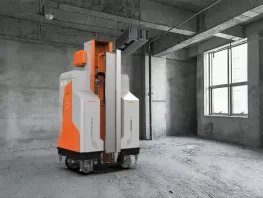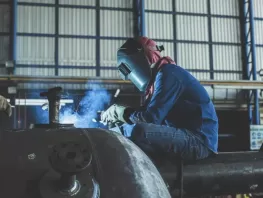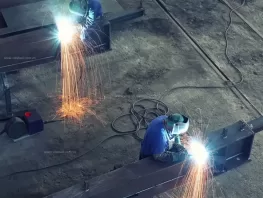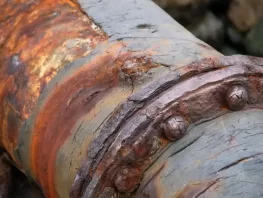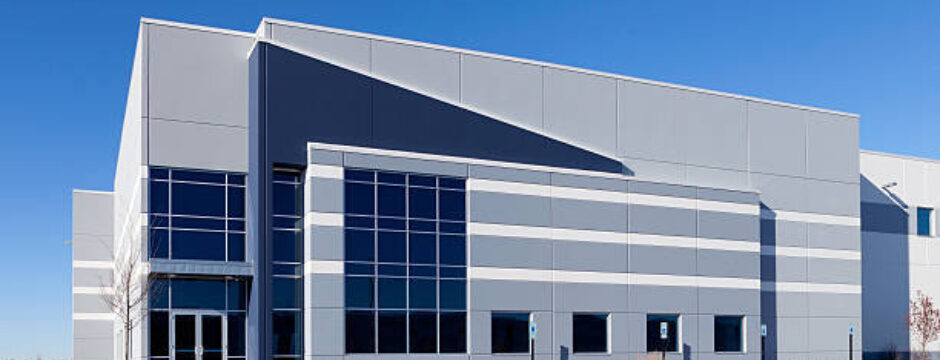
How Important is Priming Before an Internal or External Paint Job
Posted Aug 22, 2022 by Dave Scaturro

To prime or not to prime? That’s the question we hear often from clients. And, we get it, it can be a confusing and seemingly unnecessary step in the painting process.
While in some cases priming may not be necessary, in many cases it can actually help extend the life of a paint job, reduce the number of paint coats you’ll need and prevent issues down the line like chipping, peeling and even mold growth.
Here are a few things to consider when it comes to priming your interior or exterior.
What does Primer actually do?
Think of primer as a base coat that will actually make your paint job easier in the long run. It provides a stable, textured surface that’s perfect for paint to adhere to - especially on porous or glossy surfaces - while hiding any stains or imperfections on the walls that may show through your shiny new paint job.
How do I know if I need to prime my interior?
While interiors don’t always require primer, taking the extra step can help paint adhere better and ultimately make your walls look nicer.
We always suggest priming if your original paint surface is uneven – stained, blotchy or glossy – or if you’re planning to paint the interior a light color. When applying, make sure to spot prime any spackled areas and use a brush or roller to paint 6 inch sections moving vertically from right to left and back, in zig-zag patterns that overlap each other. Always make sure your primer has an even coat and that you catch any dripping, which can impact the look of your final paint job.
How do I know if I need to prime my exterior?
Exteriors are subject to constant temperature fluctuations and the elements, so you’ll want to prep and prime before any paint job you do outside. For staining, make sure to use a stain-blocking primer for nail heads and knots in the wood. This will inhibit rust bleeding and wood resin and keep your exterior looking good longer. You’ll also want to make sure to prime any cracks and trim using long brush strokes and checking consistently for drips.
Keep in mind that anytime you prime or paint an exterior, you’ll want to avoid doing so in the direct sunlight. Heat can impact the drying process for both paint and primer and lead to paint blistering.
Click here for more information on how to prime and prep before your paint job.
We always recommend checking with a professional to understand if your paint job requires priming, but it truly can never hurt! Here at Alpine, we have more than 45 years of experience painting commercial and industrial interiors and exteriors. Give us a call to get started on your next painting project.
